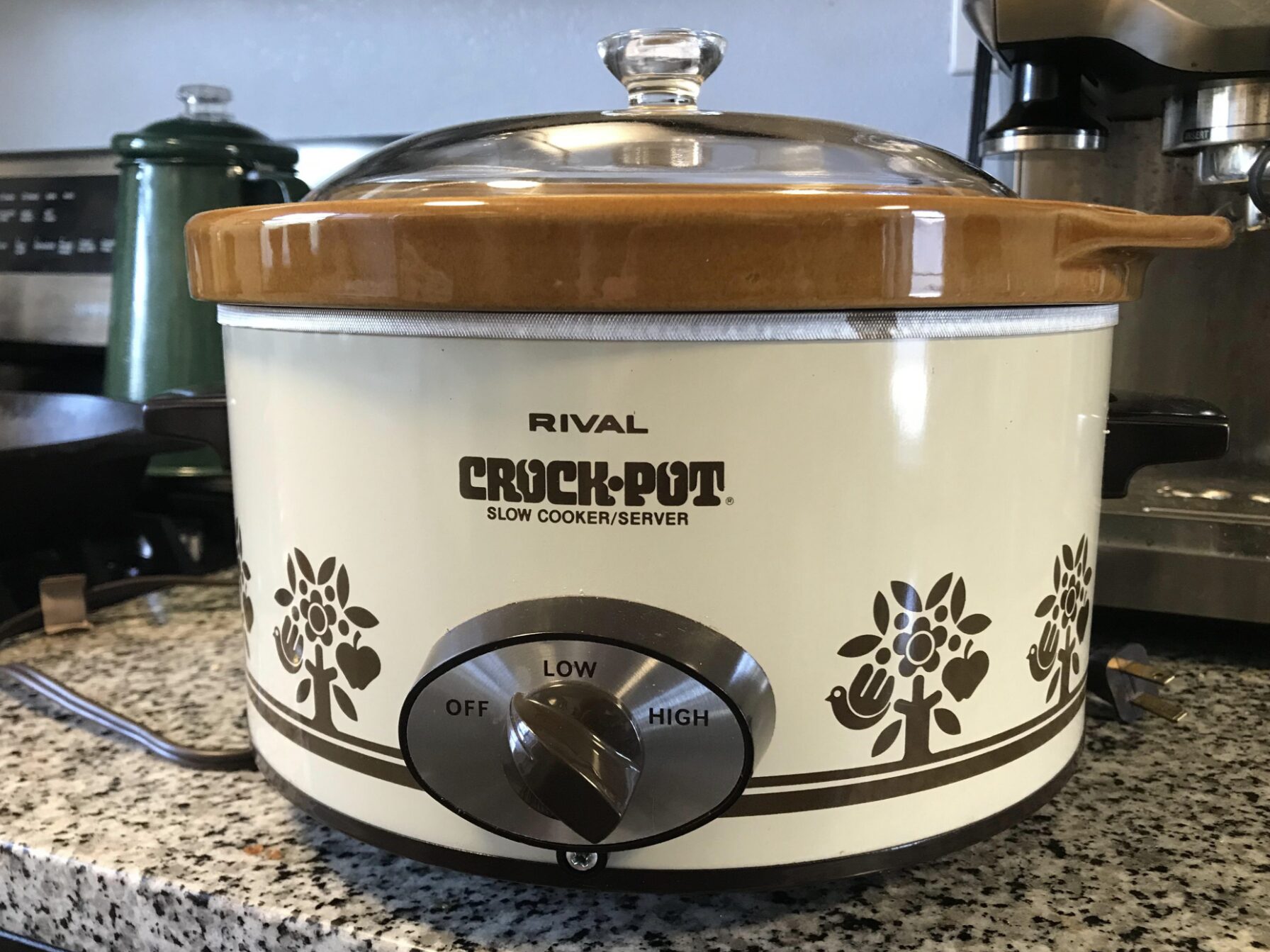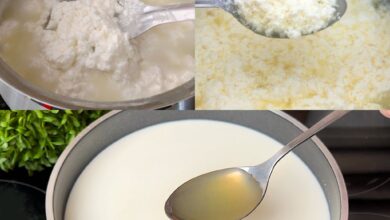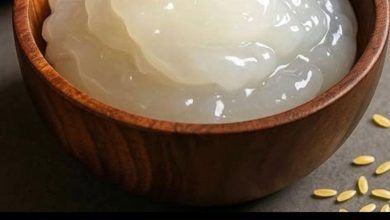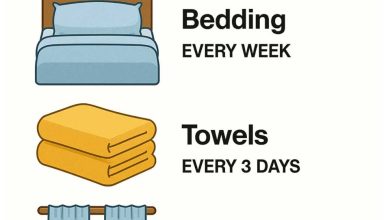Why You Should Never Put Your Crockpot on the Stovetop
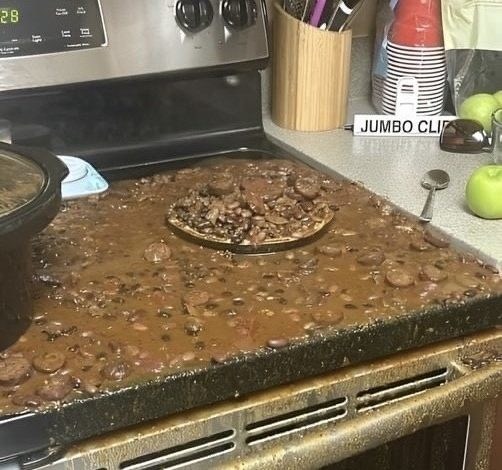
Have you ever experienced a kitchen catastrophe so shocking it’s etched into your memory? For me, it was the day I discovered a hot lid upside down on my brand-new glass stovetop. The sickening crack as the glass shattered is a sound I’ll never forget. Little did I know that placing a hot lid directly on a stove, especially a new one, was a cardinal kitchen sin. This harrowing incident ignited a newfound respect for kitchen safety, prompting me to diligently study appliance usage and exercise extreme caution.
ADVERTISEMENT
Even with heightened awareness, kitchen mishaps still manage to sneak up on me. Recently, while scrolling through my beloved kitchen-centric Facebook group, I stumbled upon a post that made my jaw drop. A fellow home cook had shared a photo of their stove completely submerged in a sea of chili. Yes, you read that right – an entire stove covered in chili! Apparently, after six hours of cooking on high in a slow cooker, the chili wasn’t quite done, so the cook decided to give it an extra hour on the stovetop. When attempting to refrigerate the cooled crockpot, the bottom gave way, unleashing a chili tsunami. Just imagining the cleanup process makes me want to curl up in a ball and weep for hours.
ADVERTISEMENT
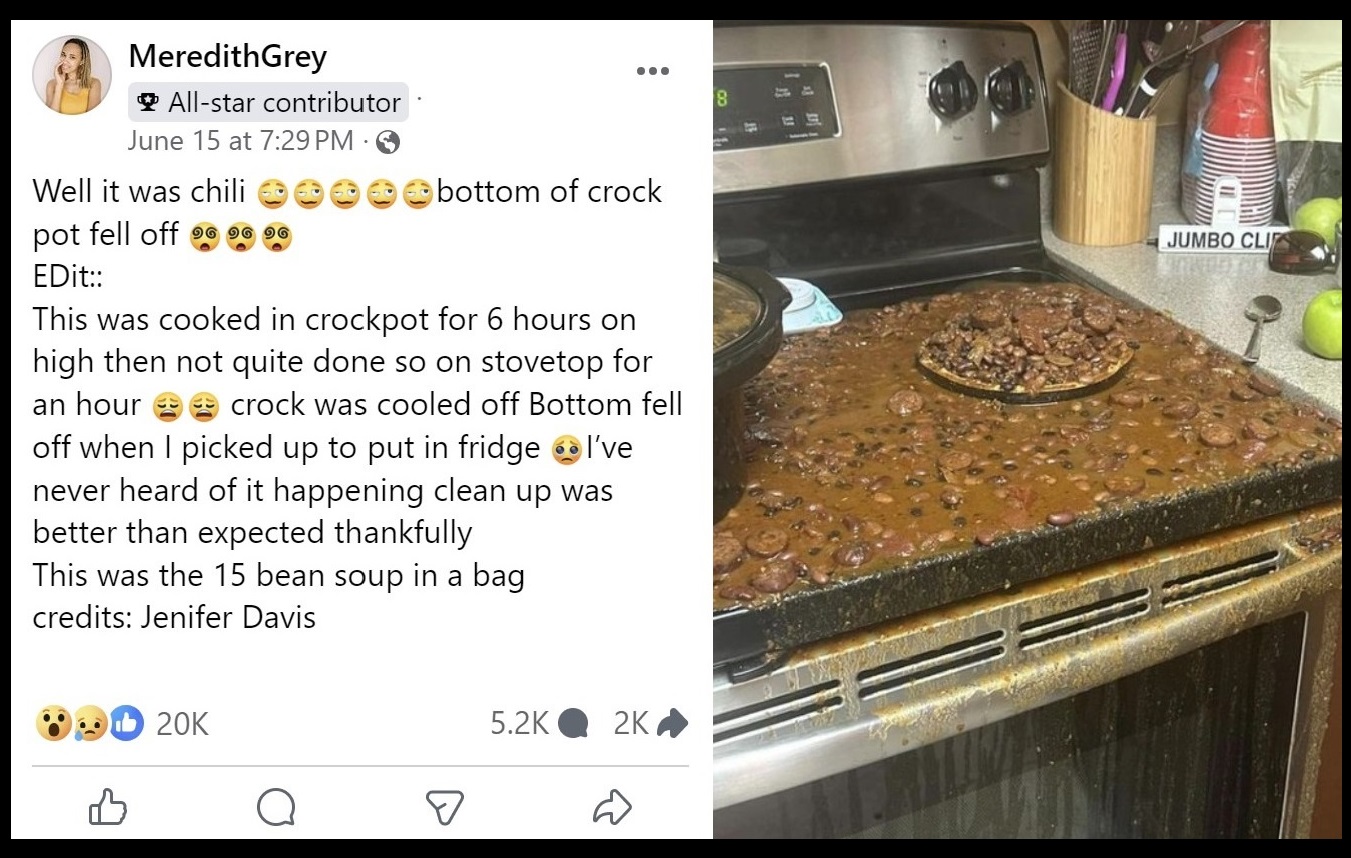
ADVERTISEMENT
What went so horribly wrong? The comment section erupted with a resounding chorus: never, ever put a crockpot on the stovetop. But why is this such a big no-no?
Slow cookers, like crockpots, are designed to gently simmer food over low heat. Their ceramic inserts are engineered to withstand the consistent, low-temperature environment created by the slow cooker’s heating element. Stovetops, on the other hand, generate intense, concentrated heat that can shock the ceramic, causing it to crack or shatter.

The potential consequences of ignoring this rule are far from ideal. A shattered crockpot can lead to a messy, potentially hazardous cleanup, with hot food spilling everywhere and the risk of burns. If your stovetop has a glass or ceramic surface, it could also be scratched by the ceramic fragments. And it doesn’t stop there. Even if the crockpot doesn’t break immediately, microscopic cracks may form, compromising its structural integrity and increasing the risk of future failures. In extreme cases, the heating element could be damaged, creating a potential electrical hazard.
You might be wondering if it’s safe to use any ceramic dish on the stovetop. Generally, the answer is no. Most ceramic cookware is not designed for direct stovetop heat. While there are specialized ceramic pots and pans for stovetop use, they are the exception rather than the rule. Always follow the manufacturer’s guidelines when using ceramic cookware on the stove.
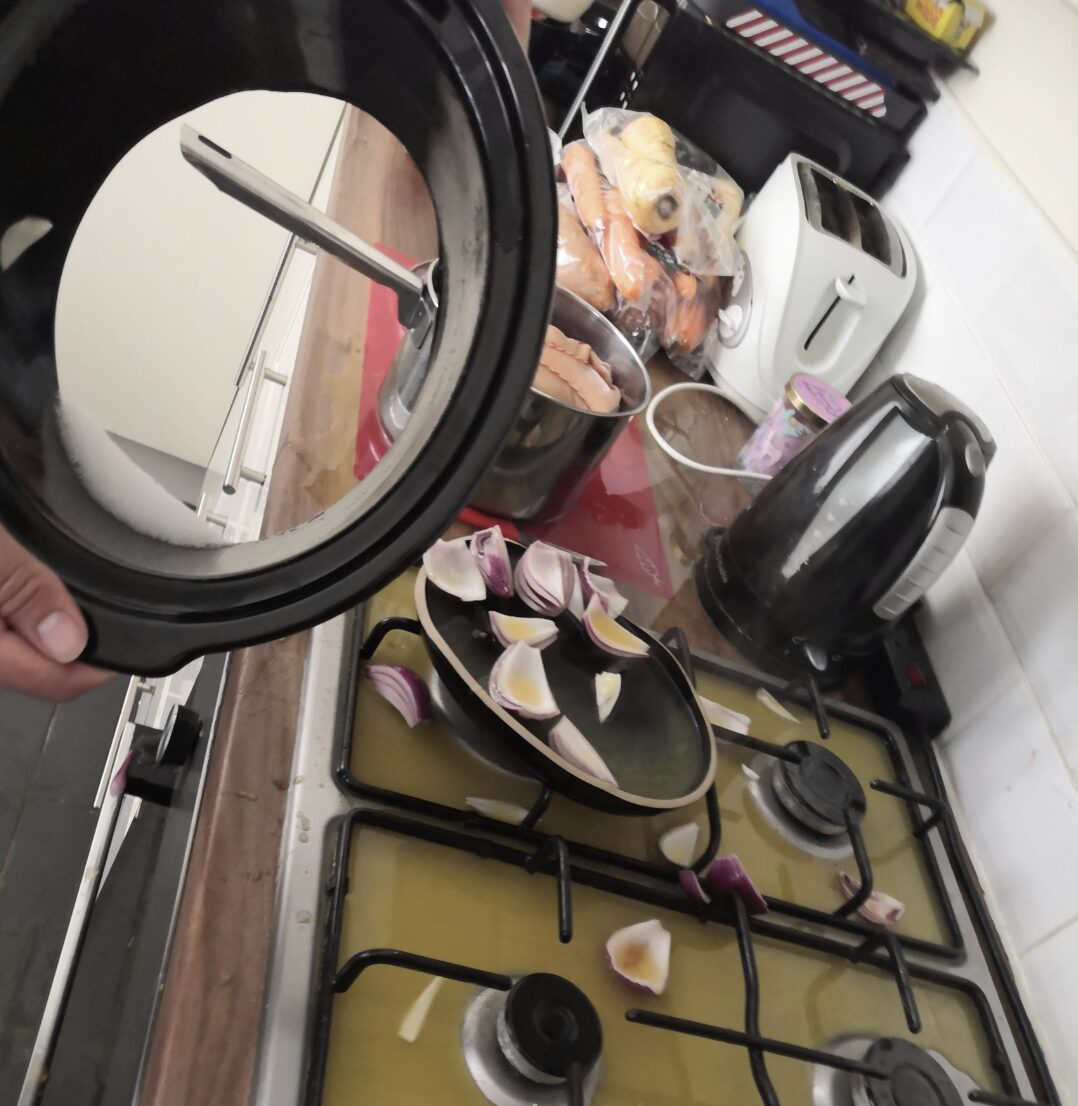
So, where does that leave us? Your crockpot belongs on the countertop, not the stovetop. It’s a slow cooker, not a speed cooker. When you need to transfer food to the stove for further cooking, use a proper saucepan or skillet. Your kitchen (and your sanity) will thank you.
My personal kitchen disaster has turned me into a cautious cook. While I still love experimenting with new recipes, I’m constantly reminded that kitchen mishaps can happen to anyone. Let’s all commit to using our kitchen appliances safely and responsibly.
